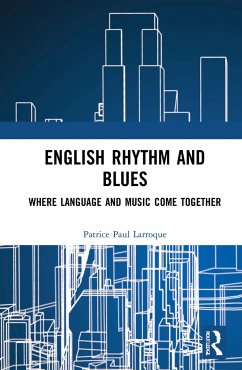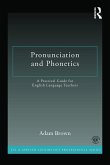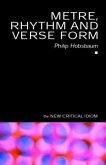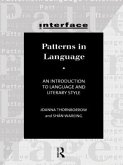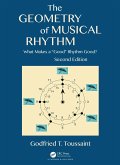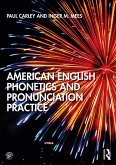Patrice Larroque hypothesizes that early blues singers may have been influenced by the trochaic rhythm of English. English is stressed and timed, which means that there is a regular beat to the language, just like there is a beat in a blues song. This regular beat falls on important words in the sentence and unimportant ones do not get stressed. They are "squeezed" between the salient words to keep the rhythm. The apparent contradiction between the fundamentally trochaic rhythm of spoken English and the syncopated ternary rhythm of blues may be resolved as the stressed syllables of the trochee (a stressed-unstressed sequence) is naturally lengthened and assumes the role of one strongly and one weakly stressed syllable in a ternary rhythm. The book suggests investigating the rhythm of English and the rhythm of blues in order to show how the linguistic rhythm of a culture can be reflected in the rhythm of its music.
A highly stimulating and lively book, which should be a hit not only with scholars and students of music and language, but also with musicians and anyone interested in American culture and music. The approach is well-informed and sensitive, and the whole is dealt with from a multi-angled perspective which brings together linguistics, phonology and music. The author takes care to articulate these various fields in a very convincing manner, making extensive use of both his academic knowledge as a linguist and his musical experience to back up his argument. The links between music and linguistic structure are very carefully studied in the light of recent research and experiments. - Nathalie Vincent-Arnaud, Professor of English Studies, University Toulouse-Jean Jaurès, France
Patrice Larroque, Professor of Linguistics at the University of Toulouse, France, explores the domain of linguistic variation, especially in African American English (AAE). His book provides stimulating analyses of the oral structure of the grammar and phonology to be found in blues. In addition, it offers interesting views on the links between poetry and the music of language. The author is also an experienced musician. This book will be of interest to teachers and students of literature and should appeal to any person interested in linguistics and music.- Claude E. Delmas, Professor Emeritus at the University Paris 3, Sorbonne Nouvelle.
Patrice Larroque, Professor of Linguistics at the University of Toulouse, France, explores the domain of linguistic variation, especially in African American English (AAE). His book provides stimulating analyses of the oral structure of the grammar and phonology to be found in blues. In addition, it offers interesting views on the links between poetry and the music of language. The author is also an experienced musician. This book will be of interest to teachers and students of literature and should appeal to any person interested in linguistics and music.- Claude E. Delmas, Professor Emeritus at the University Paris 3, Sorbonne Nouvelle.

